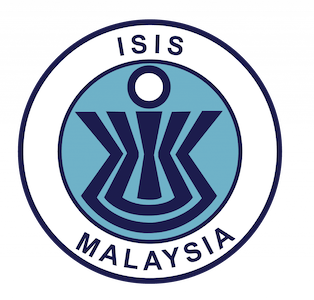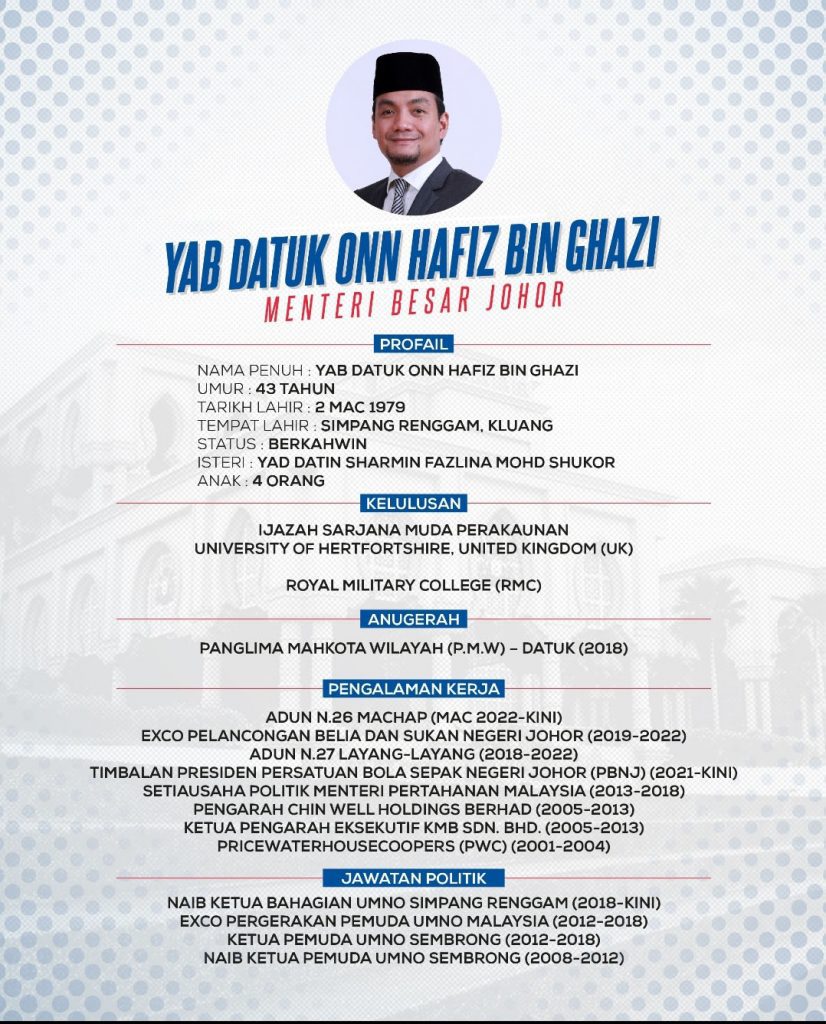By Prof Baladas Ghoshal, Distinguished Fellow, Institute of Peace and Conflict Studies, New Delhi, India
Date:18 July 2012
Venue: ISIS Conference Room, Kuala Lumpur
Admission is free.
Please confirm your participation via fax or e-mail not later than 13 July 2012 to:
RSVP: Tel: 603 2693 2060 ext 165; Fax: 03 2691 3210; Email: murni@isis.org.my
Overview
The interactions between India and ASEAN, through its Look East Policy (LEP), have resulted in considerably greater integration with the rest of Asia than is commonly realized or acknowledged. From its initial focus on economic integration with the region, India’s LEP has widened and deepened its interactions in defence spheres to form strategic partnerships with most countries in the region, including joint military exercises, embracing not only Southeast Asia, but also East Asia, particularly Japan and South Korea with which India has a robust defence and economic cooperation. Since middle of 2011, the global geopolitical environment has been changing in a direction unusually favourable to the pursuit of India’s interests in Indo-Pacific region. The interest that the US, Japan, Australia and Southeast Asian countries have conveyed in an increased economic and security presence of India in the Indo-Pacific region, to balance China’s dominating profile has opened up new opportunities for India to emerge as a stakeholder in a strategically critical region. India is trying to leverage this to its advantage even while avoiding a confrontation with China.




